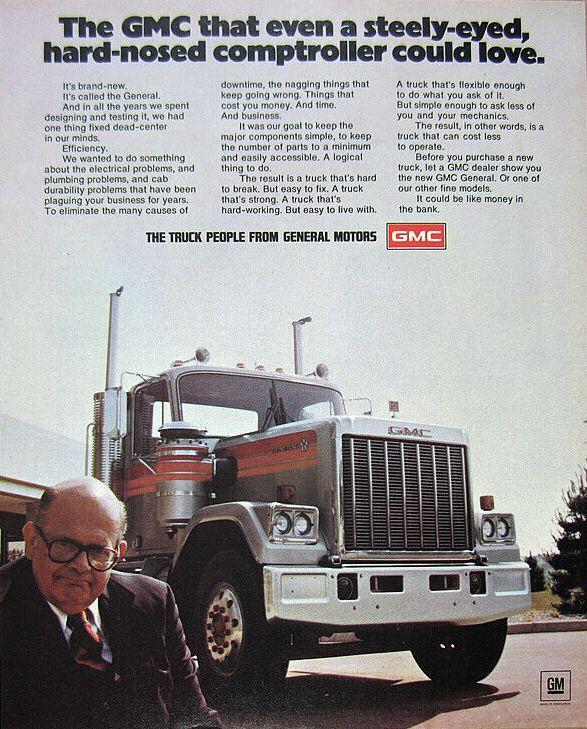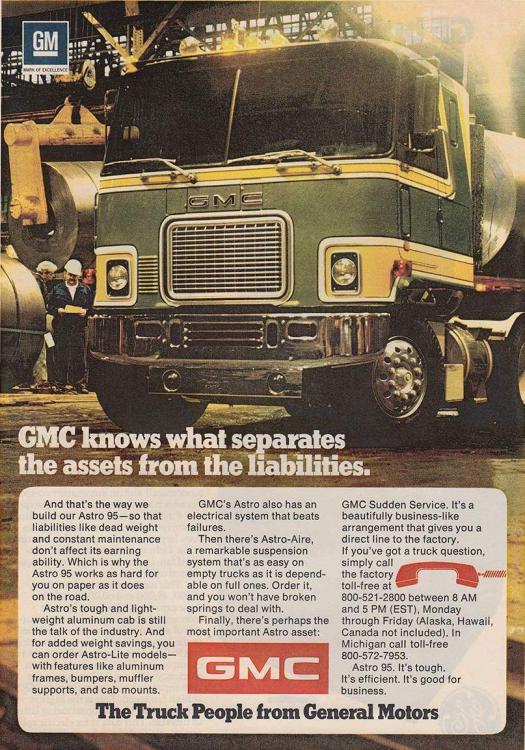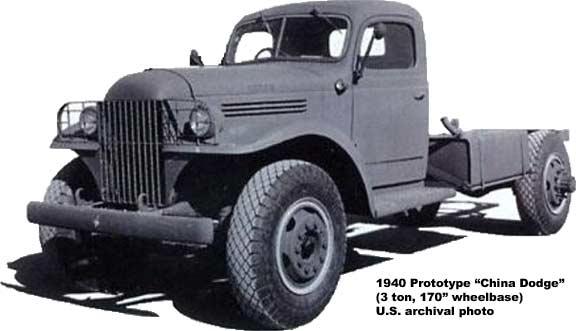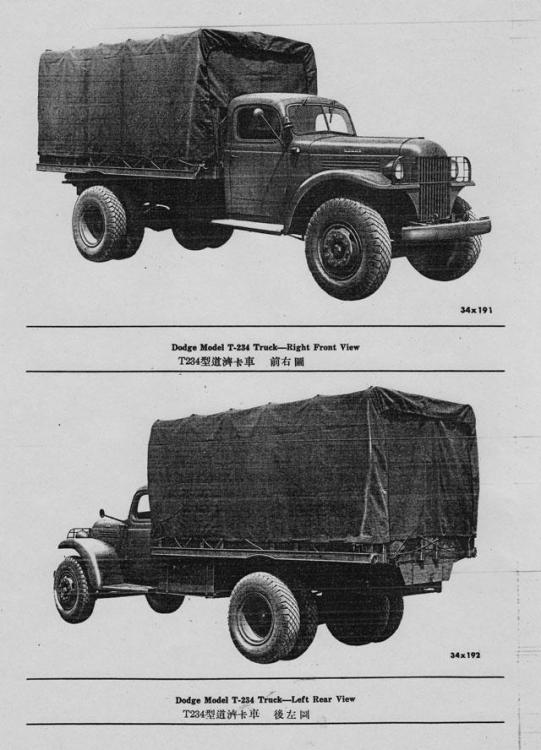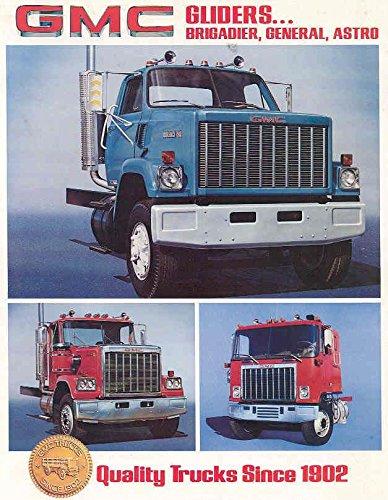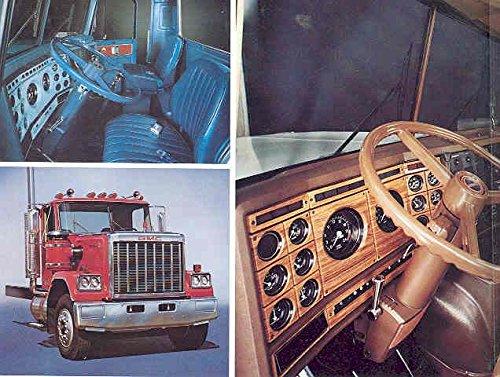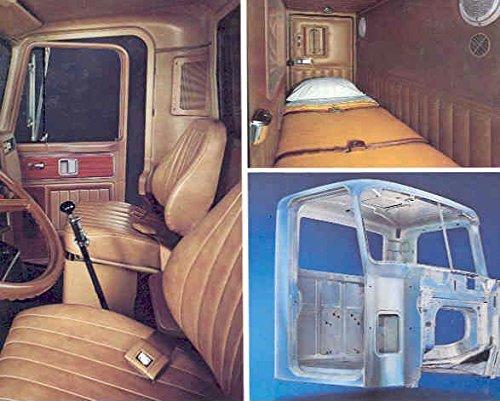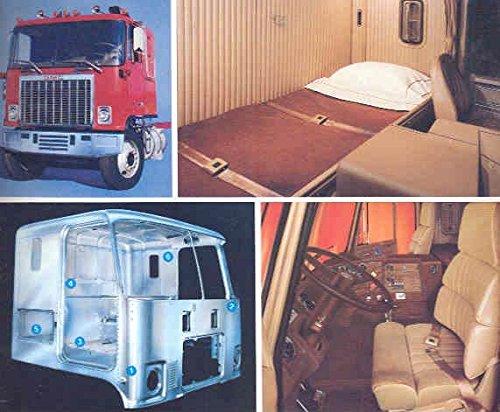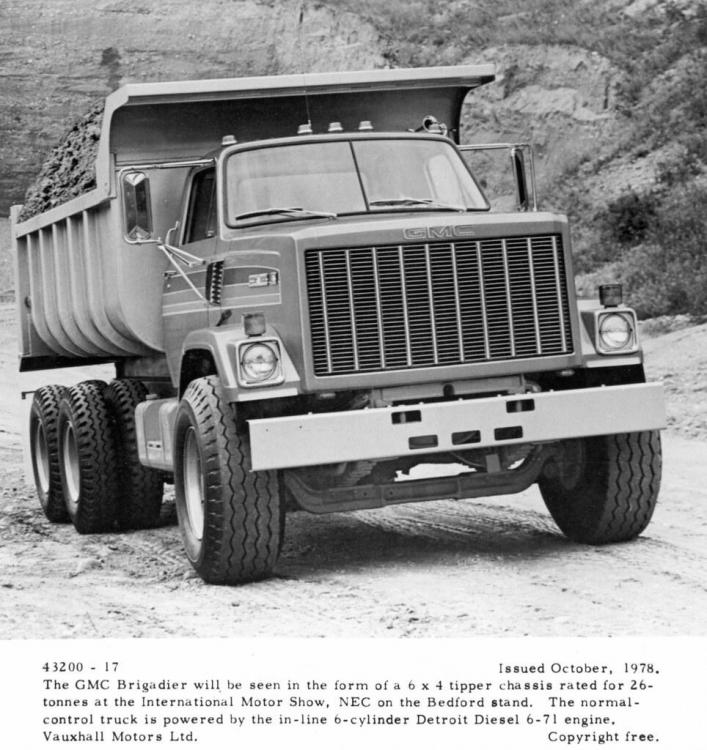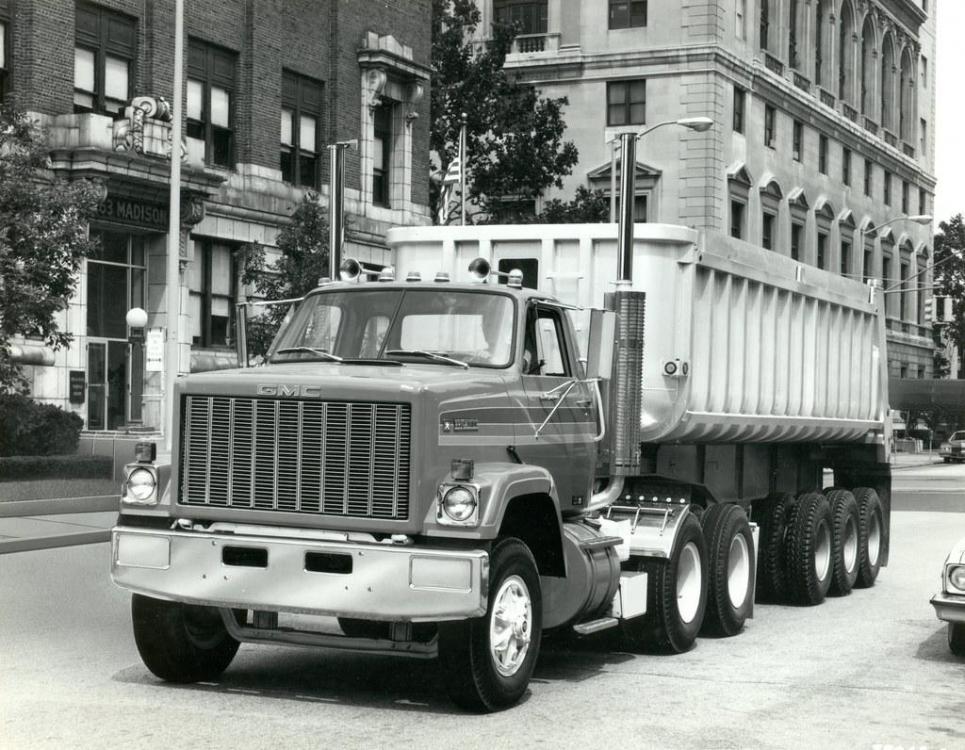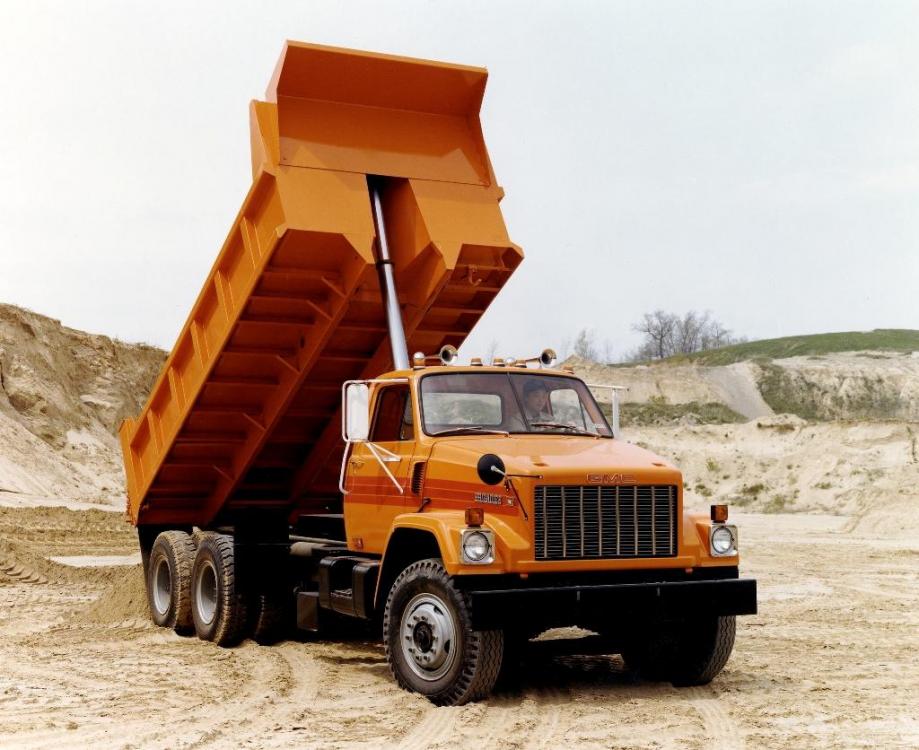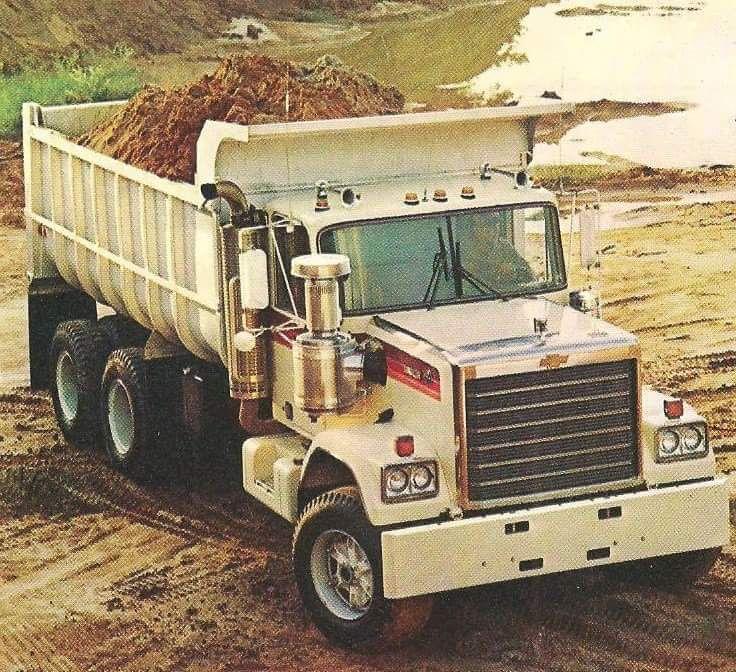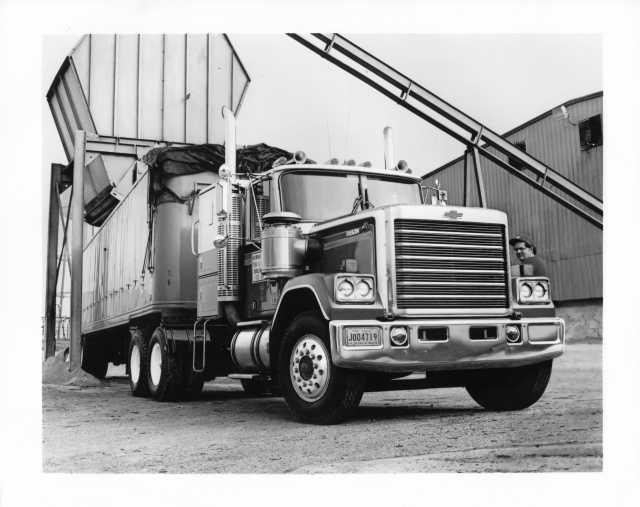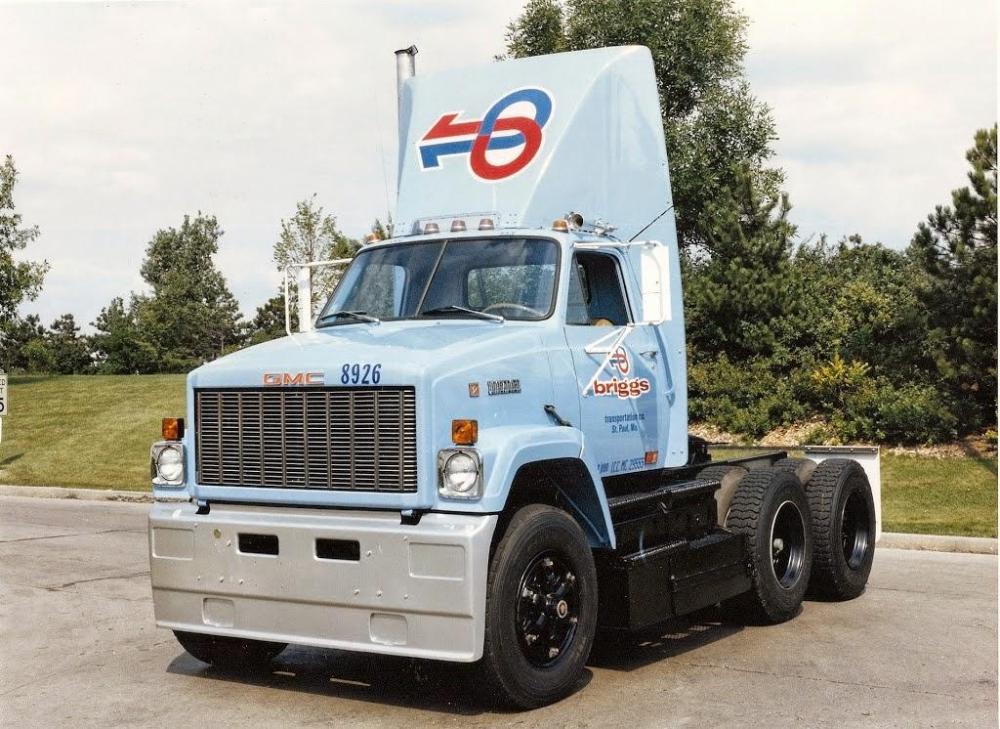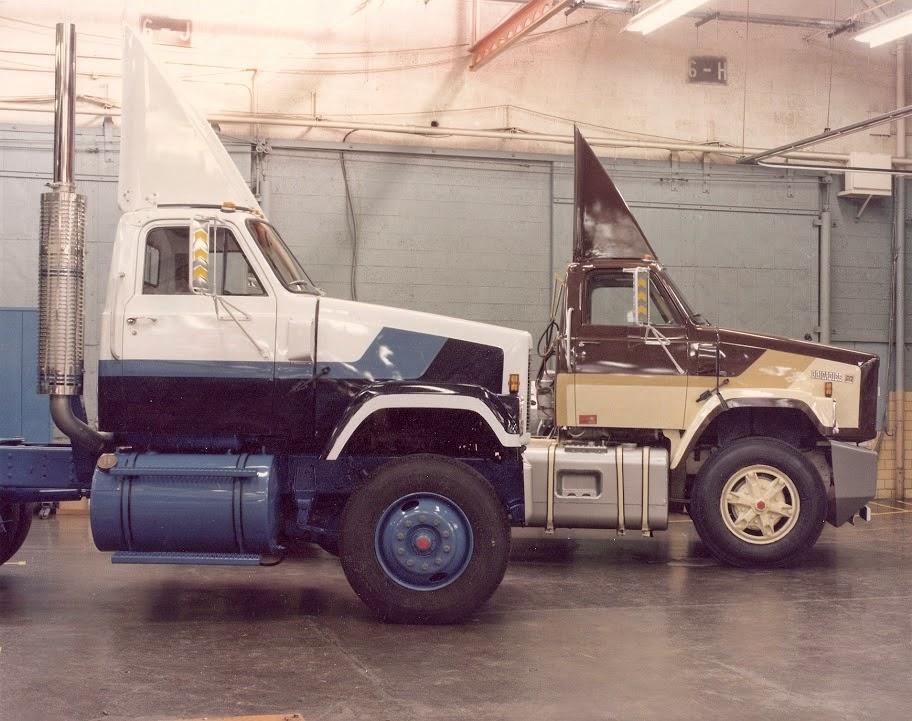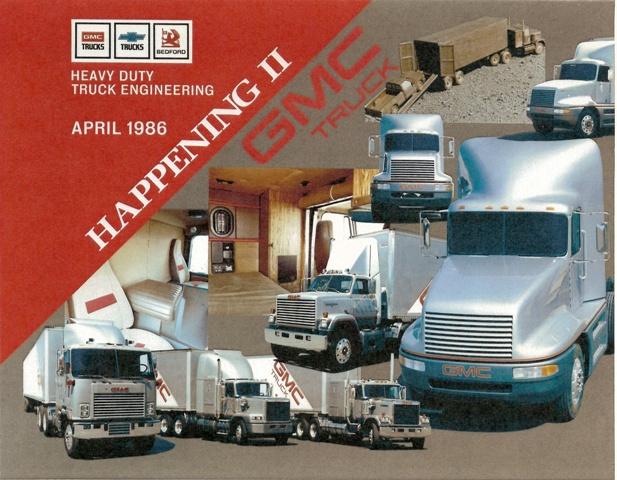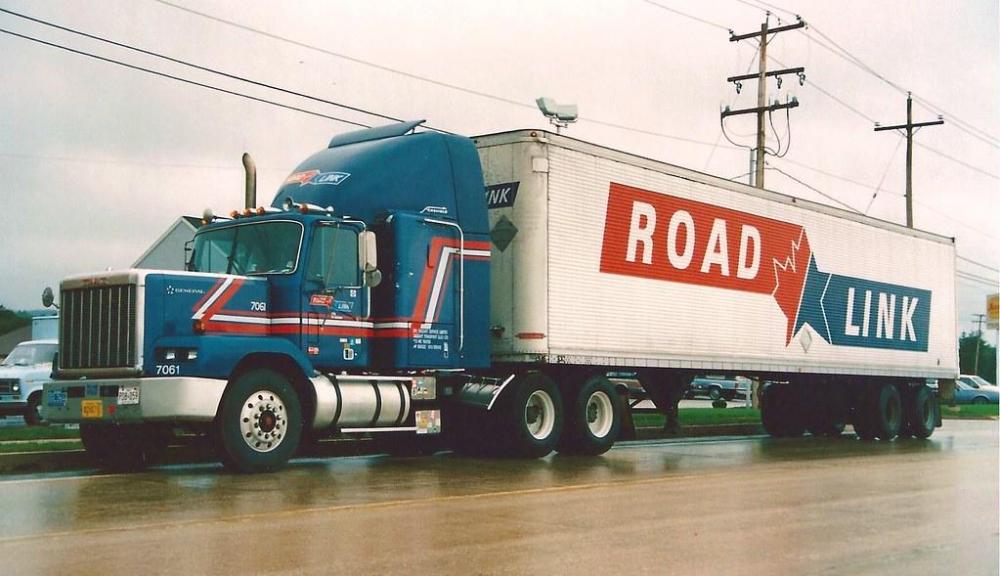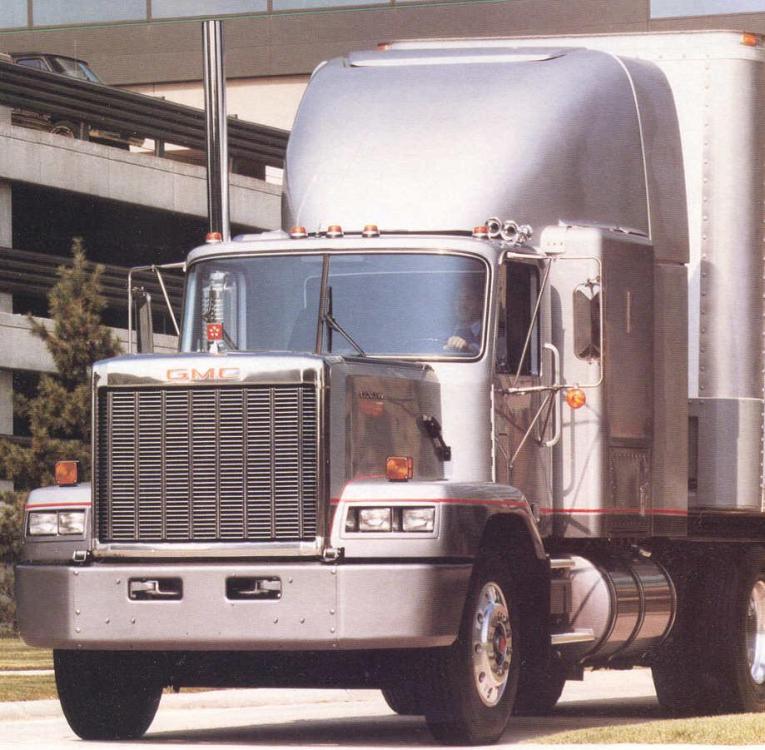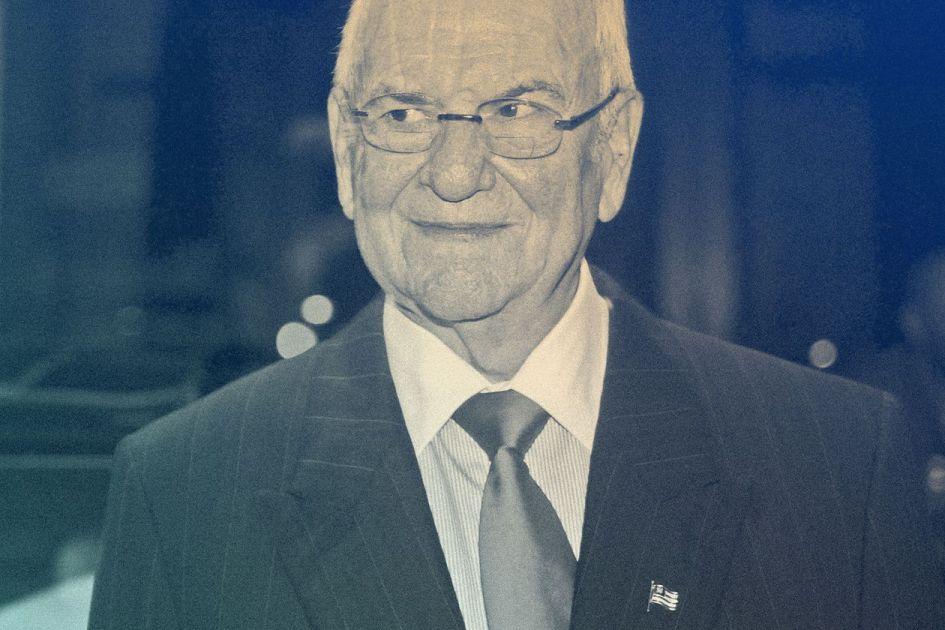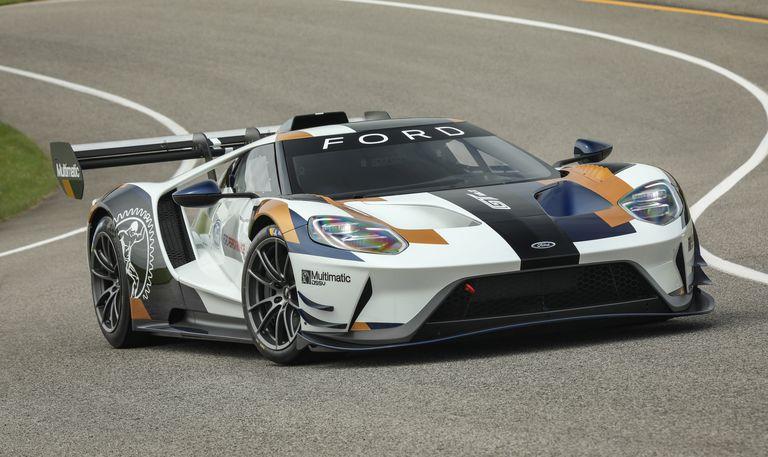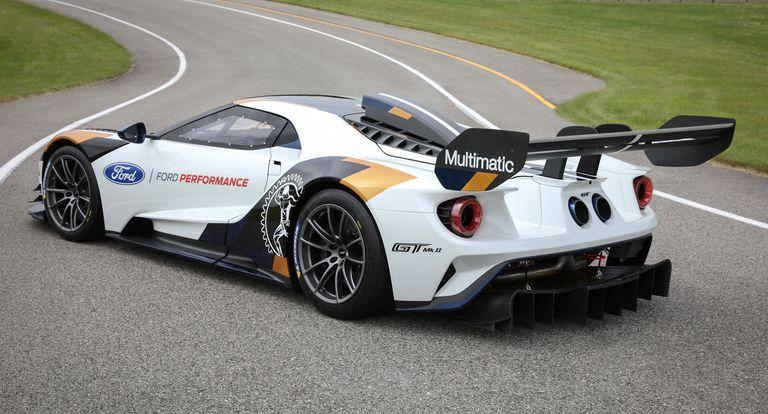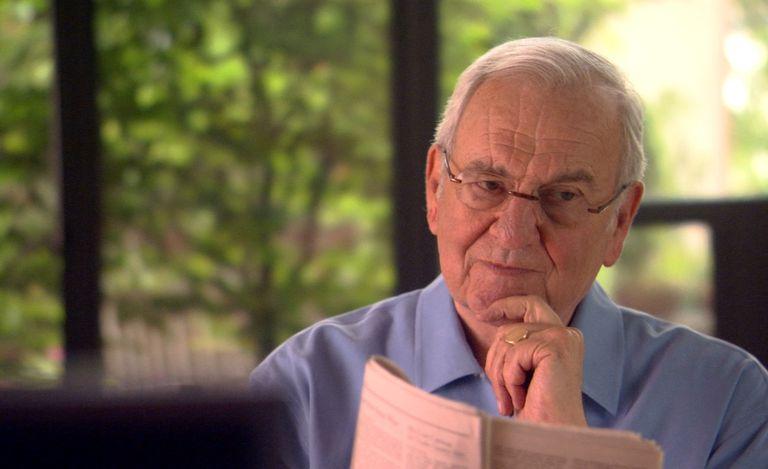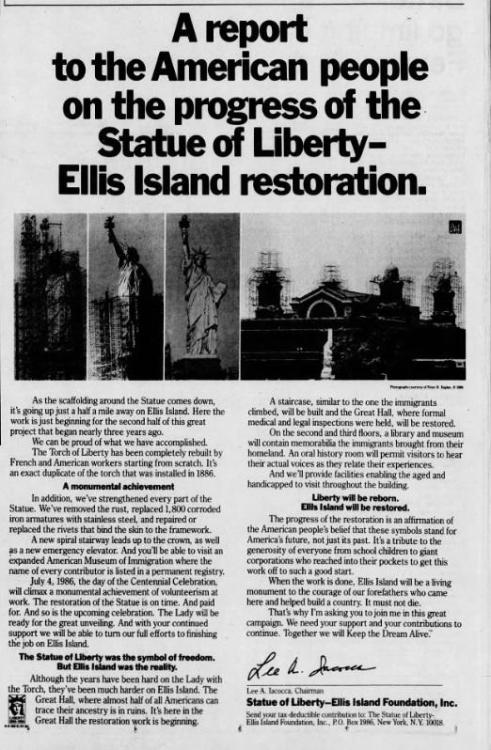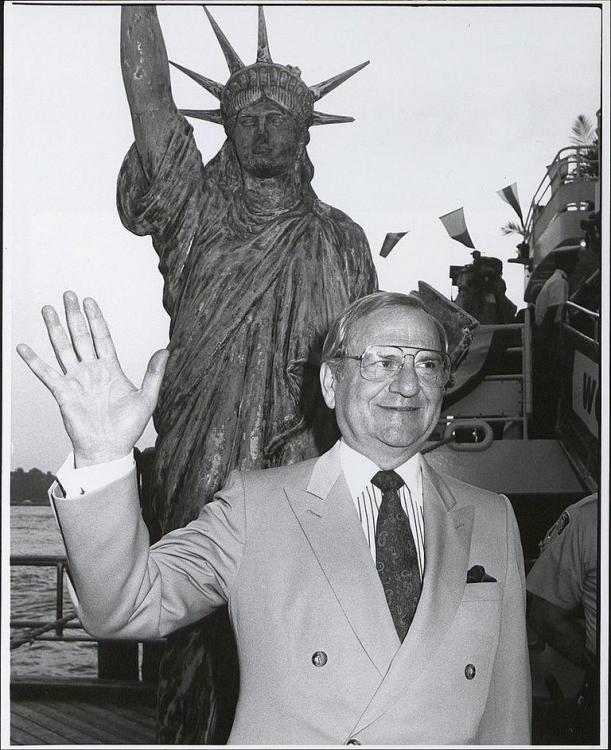
kscarbel2
Moderator-
Posts
18,544 -
Joined
-
Days Won
112
Content Type
Profiles
Forums
Gallery
Events
Blogs
BMT Wiki
Collections
Store
Everything posted by kscarbel2
-
Commercial Carrier Journal (CCJ) / July 3, 2019 North American Class 8 truck orders climbed 24-percent from May, reaching 13,000 units according to preliminary data released this week by FTR. With most orders for 2019 already on the books, 2019 is off to the weakest six-month start to a year since 2010. Don Ake, FTR vice president of commercial vehicles, said fleets are moving around previously placed orders and adjusting delivery times according to business conditions, while smaller fleets and dealers are placing small fill-in orders as production slots become available. “The orders are truly a mixed bag. One OEM reportedly started to take orders for 2020, but the other OEMs apparently did not,” he added. “Without the 2020 orders, the total would have dipped below the 10,000 unit mark. Most OEMs are reluctant to quote future trucks due to uncertainty over material costs.” Ake said until the tariff situation is resolved, OEMs see quoting builds for 2020 as “risky.” “Fleets are also reluctant to accept material surcharges with this much ambiguity present,” he said. Backlogs are expected fall under 200,000 units for first time since May 2018. Class 8 orders for the past 12 months now total 331,000 units. “The economy and freight are still growing, but the latest manufacturing data is not promising,” Ake said. “The consumer sector is sturdy, but freight growth is expected to moderate the rest of the year. As a result, Class 8 truck build rates should begin to decrease in the coming months.”
-
. .
-
This is the car that Paul Newman enjoyed racing the most. It was the common man's affordable BMW 2002. I despise every car that has carried the Nissan name. But talking Datsun, the 1200, 510 and 240Z are what legends are made of.
-
The Preston Aero – How to make a Brigadier slice through the wind
kscarbel2 replied to kscarbel's topic in Other Truck Makes
-
The Preston Aero – How to make a Brigadier slice through the wind
kscarbel2 replied to kscarbel's topic in Other Truck Makes
I despised the utterly cheap WG. I knew Overnite was on the way out when they began buying WGs. -
During that era, I'm only familiar with Dodge's military trucks. But it appears they did...............https://en.wikipedia.org/wiki/Dodge_T-,_V-,_W-Series
-
Dodge T-234 "China / Burma" truck A special case in between stock commercial and dedicated military trucks, was the T-234 "China / Burma Road" truck, which was built as part of the Allied cooperation with China against Japan, in the war and just thereafter. From October 1944 through March 1946, Dodge built 15,000 trucks, that used a special order combination of their most heavy-duty off-the-shelf components, to overland supplies from India to China over the very rough Stilwell / Ledo Road, to an extent to specifications personally drawn up by Generalissimo Chiang Kai-shek, then commander of the Nationalist Chinese forces. Chiang Kai-shek asked Roosevelt himself for 15,000 two-and-a-half-ton trucks capable of handling the Burma Road, requiring them to have an engine of at least 300 cubic inches and a 5-speed transmission. The trucks were built with a near standard civilian closed cab – right-hand drive because the British were in command of Burma – but fitted with a flat, military-style grille & brush guard, and wide open, almost flat fenders, to avoid mud build-up clogging the wheels rotating, and otherwise stood out by having a 60-gallon fuel tank. In order for the trucks to function on the grueling 4,700 mile journey over the Himalayas, Dodge fitted not only heavy-duty springs and steering gear, but went so far as to fit tri-metal aircraft grade bearings and aeroplane-type shock absorbers. Radiators were fitted with an overflow tank, to return the cooled water to the sealed cooling system. Ground clearance was 13 in (33 cm), with a 50° approach angle, and 28.5° departure. Front axles were widened to give wider tread. Nevertheless, the average life of the trucks was only about five trips. It has been commented that the front sheet metal design of the T-234 Burma Dodge shows remarkable resemblance to that of the post-war Dodge Power Wagons, and may well have influenced it. https://en.wikipedia.org/wiki/Dodge_T-,_V-,_W-Series
-
The Preston Aero – How to make a Brigadier slice through the wind
kscarbel2 replied to kscarbel's topic in Other Truck Makes
-
The Preston Aero – How to make a Brigadier slice through the wind
kscarbel2 replied to kscarbel's topic in Other Truck Makes
-
The Preston Aero – How to make a Brigadier slice through the wind
kscarbel2 replied to kscarbel's topic in Other Truck Makes
-
The all-new aerodynamic conventional cab (bonnetted) prototype suggests a radical leap forward for GMC Trucks. I certainly hope those trucks are preserved at the GM Heritage center. .
-
Hyundai Commercial Vehicle Press Release / January 21, 2019 .
-
Hyundai Commercial Vehicle Press Release / February 13, 2019 .
-
“We still have very sluggish wage growth despite the fact that for a number of months, we have had an unemployment rate below 4%. Ordinarily, we would have wage and salary income growth well above 5%, 6%. Instead, according to U.S. government numbers, it’s only at 3.5%.” “Why are we not getting a livelier pace of wage and salary income growth, livelier growth for the average hourly wages as well as consumer spending? What’s going to happen when the unemployment rate inevitably rises? A very low unemployment rate raises the risk of a higher unemployment rate 12 months from now… So that tells me that investors have to cast a wary eye on any forecast of continued growth for the U.S. economy.” “You’re definitely going to see the market tank in the event you don’t get a rate cut at the end of July without any strong reason to rule against a rate cut. Keep an eye on what’s going on with business sales — what they sell to consumers, capital goods and exports. If that doesn’t improve significantly fairly soon, we not only get a rate cut in July but we also get one at the September 18th meeting of the FOMC.” Moody's Capital Markets Chief Economist John Lonski
-
I agree, it resembles a B-46.
-
I never knew that Tinian, at least at one time, was the world's largest military airbase. https://www.atomicheritage.org/location/tinian-island So is that tractor a Federal model 94x43.....or an Autocar U-7144-T ? The Federal grille was rounded, the Autocar grille flat. .
-
I've never heard of a B30 with the concave cab option, meaning the cab may not be original. That plate says B30P......"P" means platform, straight truck rather that tractor (e.g. B30T). We did offer a B30T. Serial number 5185 sounds like late production.....what's the year on the title?
-
Lee Iacocca Wanted to Make America Great Again Before Donald Trump Al Root, Barrons / July 5, 2019 Legendary automotive executive Lee Iacocca died at the age of 94 this week. Like President Donald Trump, Iacocca, too, had ambitions to make America great again. In fact, he may have coined Trump’s campaign slogan. Iacocca’s ideas were outlined in his 1986 autobiography, appropriately titled Iacocca. The title of chapter 28: “Making America Great Again.” In it, Iacocca opined on manufacturing, trade, infrastructure spending, and many other topics. .
-
The Ford GT Mk II Is a $1.2 Million Track-Only Monster with 700 HP Daniel Golson, Car & Driver / July 4, 2019 Only 45 units of this racing-inspired track-only supercar will be built and will cost $1.2 million each. After being teased a few weeks ago, Ford has unveiled the GT Mk II at the Goodwood Festival of Speed in the U.K. As we expected, it's a track-only version of the GT supercar that has been developed using knowledge gained from the GT's soon-to-be-over racing program. The GT road car is limited in design and engineering by global homologation requirements, while the Le Mans–winning race car is bogged down by racing class restrictions and regulations, so the designers and engineers were able to go wild with the Mk II, as it doesn't need to adhere to any set of rules. Immediately noticeable is the massive rear wing that replaces the regular GT's active rear spoiler. Ford says that the dual-element wing "exceeds" the downforce produced by the race car's wing. Other aerodynamic enhancements include a huge rear diffuser, a new front splitter, louvered front fenders, and dive planes on the front bumper. Ford says the Mk II makes over 400 percent more downforce than the roadgoing GT and that it will pull over 2 g's of lateral grip. The GT's twin-turbocharged 3.5-liter V-6 EcoBoost engine has been tuned to 700 horsepower, 53 more than the road car and 200 more than the race car. It uses the same seven-speed dual-clutch automatic as the road car, albeit with new tuning, and the Mk II remains rear-wheel drive. A new roof-mounted air intake looks awesome and feeds the auxiliary clutch, engine, and transmission coolers. There's also a new high-capacity air-to-air outboard-mounted charge air cooler that automatically sprays water on the charge air cooler at high temperatures to maintain a consistent high power level. Ford says the Mk II is more than 200 pounds lighter than the road car thanks to the removal of the adjustable ride height and multiple driving modes. Instead, there are five-way adjustable shocks along with a fixed, lower ride height. The Mk II uses the road car's carbon-ceramic brakes, while new 19-inch wheels are wrapped in Michelin Pilot Sport GT slick racing tires. The interior has been stripped out, with a dashboard even simpler than that of the road car, a rectangular race-car steering wheel, and a number of new controls. A display mounted on top shows info from a MoTeC data acquisition system as well as the view from the rear camera. The driver sits in a Sparco racing seat that has a six-point harness; a passenger seat is optional. Ford says that only 45 units of the Mk II will be built at $1.2 million each, which is around $700,000 more expensive than a regular GT, and it will be sold directly to customers by Multimatic, not Ford. The Mk II will start production at the regular Ford GT's plant in Markham, Ontario, before being brought to a "specialist facility" at Multimatic to be finished. .
-
The first truck engine maker to offer Continuously Variable Valve Duration (CVVD) technology, boosting power and efficiency some 5 percent, will be in possession of a game changer. Japan Inc. has good reason to be scared to death of Korea Inc. Hyundai Group (Hyundai and Kia brands) is beginning to clean their clock.
-
Hyundai Group Press Release / July 2, 2019 Hyundai Motor Group developed the world’s first Continuously Variable Valve Duration (CVVD) technology and will now apply it to mass production. The innovation was revealed alongside the first engine to feature it: the Smartstream G1.6 T-GDi. CVVD optimizes both engine performance and fuel efficiency while also being eco-friendly. The valve control technology regulates the duration of valve opening and closing according to driving conditions, achieving a 4% boost in performance and a 5% improvement in efficiency. Furthermore, the technology also cuts emissions by 12%. “The development of the CVVD technology is an opportunity for Hyundai Motor Group to take the leadership in powertrain innovation.” said Albert Biermann, President and Head of Research and Development Division at Hyundai Motor Group. “We will continue our innovation efforts which would bring forth paradigm shifts and ensure sustainability of our business model.” Innovation: Continuously Variable Valve Duration Until now, an engine’s performance and efficiency have been governed by variable valve control technology that adjusts the timing of valve opening and closing and depth of the valve’s opening, with engine power produced through the fuel intake-compression-expansion-exhaustion cycle. Typical variable valve control technologies manage the timing of the valve’s opening and closing (as in Continuously Variable Valve Timing - CVVT) or control the volume of air admitted by adjusting the depth of the opening (Continuously Variable Valve Lift - CVVL). Previous variable valve control technologies could not regulate valve duration, as the valve’s closing timing was subordinate to opening timing, so could not respond to diverse driving situations. CVVD takes the technology in a new direction by adjusting how long a valve is open. When the vehicle is maintaining a constant speed and requires low engine output, CVVD opens the intake valve from the middle to end of the compression stroke. This helps to improve fuel efficiency by reducing the resistance caused by compression. However, when engine output is high, such as when the car is driving at a high speed, the intake valve is closed at the beginning of the compression stroke to maximize the amount of air used for the explosion. This enhances torque to improve acceleration. Smartstream G1.6 T-GDi Engine Unveiled alongside the new CVVD technology, the new Smartstream G1.6 T-GDi Engine is a V4 gasoline turbo unit with 180 horsepower and 27.0kgm of torque. The new powertrain is the first to utilize the Group’s new CVVD technology and also features low-pressure exhaust gas recirculation (LP EGR) to further optimize fuel efficiency. The exhaust gas recirculation system returns some of the gas burnt by the engine to the combustion chamber, producing a cooling effect and reducing the emission of nitrogen oxides. The G1.6 T-GDi also features a low-pressure system that redirects the burnt emission gasses to the front of turbocharger compressor, rather than the intake system, to increase efficiency under the high load area. Additionally, the new unit has an Integrated Thermal Management System that quickly heats or cools the engine to an optimal temperature; and a strong direct spray system that achieves 350bar, surpassing the 250bar of the previous T-GDi engine. In addition, engine friction is reduced by 34% by applying low friction moving parts. The new Smartstream G1.6 T-GDi engine will be applied in the Hyundai Sonata Turbo, which is set for introduction in the second-half of this year. This premiere marks the first in a series of new Hyundai and Kia vehicles that will feature this new, efficient engine. .
-
Lee Iacocca, Snoop Dogg, the Statue of Liberty, and Me Sharon Carty, Car & Driver / July 3, 2019 Remembering the man who saved not only Chrysler but the Statue of Liberty. I grew up with Lee Iacocca. Iacocca was a fixture in my childhood for years, hovering out in the periphery as a larger-than-life icon whose name came up on the local evening news on a regular basis throughout the 1980s. Not for the car stuff. Sure, that was a big deal elsewhere. But in my neighborhood in northern New Jersey in the 1980s, Iacocca was a parental figure who was doing for us what we could not do for ourselves. He was fixing the crumbling Statue of Liberty and rehabbing the broken-down buildings of Ellis Island. That was a big deal in our neck of the woods, because Liberty is a 200-ton copper Jersey girl who claims she lives in New York. She was deteriorating rapidly, and Ellis Island was in a worse state. Iacocca, the son of Italian immigrants, was busy reshaping Chrysler, begging the government for a $1.5 billion federal loan (the OG automaker bailout, as it were), and birthing the K-car (which later became the minivan) into existence. And on a personal level, his wife died in 1983 from complications from diabetes. But in 1981, when he had a lot of other things occupying his time, Iacocca took the helm of the Statue of Liberty–Ellis Island Centennial Commission with the goal of raising $200 million from private donors to fix things like Lady Liberty's weakening arm and the iron corseting that supported Liberty's copper skin. The fundraising efforts were grassroots, controversial, and very successful. Iacocca publicly implored everyone in the U.S. to chip in, and corporate sponsors were blown away by the number of box tops, can lids, and UPC codes mailed in for the promise of a corporate donation. In my town and in towns around the country, kids held bake sales and car washes and sent the funds via checks written out to The Statue of Liberty in envelopes addressed to Lee Iacocca himself. The commission eventually raised $230 million. I got to visit the renovated Ellis Island years later with my grandmother, who was visiting from Ireland, and my parents, who immigrated via a couple of 747s that landed at JFK airport in Queens. My grandmother pointed to the names of people she knew on the rosters of ships that landed in New York Harbor in the 1950s and told quick 10-word sorry stories about each person, like, "Ah, Johnny, his mother died of pneumonia the next year." My mom found Ellis Island to be really sad, in a way I didn't then fully understand. I did my first interview with Iacocca by phone, while sitting inside my hot car one summer day in 2005, back when he paired up with Snoop Dogg on some Chrysler commercials. Iacocca got a kick out of Snoop. "He's just a good kid," Iacocca said. "I don't understand half the things he was telling me, but it was fun." We ended up talking more about life than about the auto industry and his commercial appearance. In addition to being the kids of immigrants, Iacocca and I shared a family history with Type 1 diabetes. He was using the media attention around his commercial appearance to talk about the Iacocca Foundation's efforts to cure Type 1 diabetes. It was something he'd promised his wife Mary: that he would cure the autoimmune disease by the time he died. There aren't many people who can make a promise like that and actually have a shot at keeping it. Although his promise wasn't fulfilled, clinical trials of the generic tuberculosis drug he'd hoped would work are still underway. Iacocca and I chatted a few more times in the coming years, until eventually his assistant said he wasn't able to do interviews anymore. Iacocca died on Tuesday. .
BigMackTrucks.com
BigMackTrucks.com is a support forum for antique, classic and modern Mack Trucks! The forum is owned and maintained by Watt's Truck Center, Inc. an independent, full service Mack dealer. The forums are not affiliated with Mack Trucks, Inc.
Our Vendors and Advertisers
Thank you for your support!



